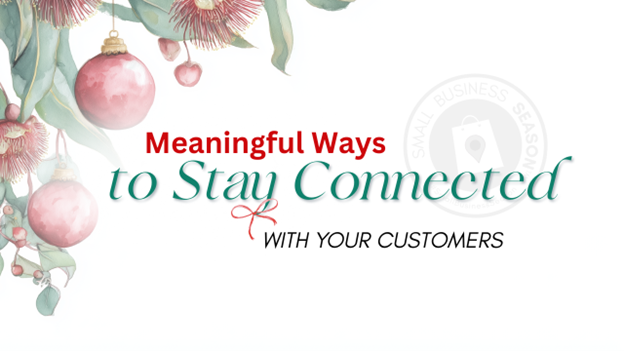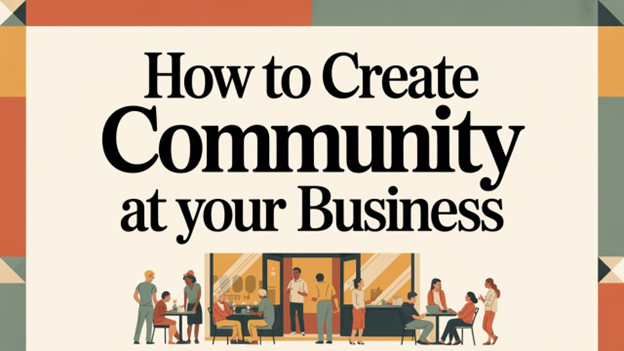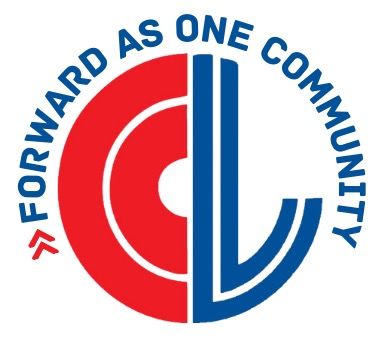How Being the Bearer of Good News Can Be a Boon for Business
If you’re like many of us, you may have decided that watching the news is not in your mental health’s best interest. From angry rants to misinformation, it’s difficult to understand the benefits these days. That’s why focusing on positivity and feel-good stories can help your business stand out and create a sense of connection with your audience.
But what kind of “feel good” content can you provide?
Good News Topics for Small Businesses
Being the bearer of good news in your community will not only make people feel good, but it will also give you a reputation as someone who cares. When it comes to helping people to know, like, and trust you, this speaks volumes.
Here are a few ideas of things you can share:
Acts of Kindness
Share stories about employees or customers going above and beyond to help others.
Highlight local initiatives where the business or community members are supporting charitable causes. In the upcoming months, especially around the holiday, you’ll see a lot of this.
Customer Success Stories
Feature testimonials or case studies where a customer has had a positive experience or achieved a great outcome thanks to your products/services. Highlight what they have achieved as the primary story then mention how you helped as a secondary point.
Employee Milestones & Celebrations
Announce work anniversaries, promotions, or personal achievements of your team members. Celebrate employees’ birthdays, new babies, or life events (before sharing make sure they are okay with this publicity).
Supporting Local Causes
Share updates on any partnerships or donations to local charities, schools, or community projects. Post about volunteer efforts and the positive impact they are making locally. Ask your employees what their favorite causes are and give them a shoutout on social. For instance, if you have an adopted dog and believe in the importance of adopting and helping the shelters, share that.
New Products or Services Launch
Introduce a new product line, service, or offering that solves a problem or adds value. Highlight how these innovations are making life easier for customers or improving the community. Sometimes the way your product or service helps isn’t directly about your product but the makers who use it. Consider how Sharpie showcases the artists that use their permanent markers.
Eco-Friendly Initiatives
Share the steps your business is taking to become more sustainable—reducing waste, recycling efforts, or eco-friendly products/services. Post about local environmental wins, such as clean-up events or green energy milestones. Talk about how you’re supporting local initiatives and doing your part even if it’s not mandatory for you to do so.
Local Business Collaborations
Collaborate with other businesses in ways that benefit the community, such as joint discounts or events. Share stories of how your business is helping lift up other local entrepreneurs whether it’s through mentoring or working with young people who want to own a business.
Community Achievements
Celebrate milestones in your community, such as a neighborhood clean-up, school achievements, or local sports team wins. Congratulate students on their academic achievements. Share remarkable long-standing achievements or history about the area. Make people proud of your town and your business community. Recognize individuals in the community who are making a difference.
Health & Wellness Tips
Share tips, advice, or workshops on staying mentally and physically healthy during challenging times. Highlight how your products or services can help. For instance, if you run a restaurant, “star” the low-cal or low-carb options to make it easier for those on restricted diets.
Discuss what you do to unwind when you have a bad day. Highlight the success of customers or community members who have made strides in improving their health.
Positive Industry Trends
Share good news about your industry—innovations, recovery stories, or exciting new trends that signal growth and opportunities.
Customer “Thank You” Posts
Publicly thank customers for their loyalty, sharing heartwarming moments, photos, or stories from customer interactions.
Run campaigns where customers share their own good news stories, featuring them on your page.
Feel-Good Holidays or Observances
Celebrate small, positive holidays like National Compliment Day, World Kindness Day, or Random Acts of Kindness Week, encouraging others to spread joy.
Local “Hidden Gems” Features
Highlight local attractions, businesses, or nature spots that uplift the community and showcase positive aspects of the area. Create “good news tours” of local treasures that bring people together and inspire positivity. Send a call-out to some of your favorite businesses—a rising tide lifts all boats.
Small Wins & Milestones for the Business
Celebrate overcoming challenges and adapting in tough times, showcasing resilience and optimism.
Positive Customer Reviews & Feedback
Feature a regular "Good Vibes" post series where you share uplifting feedback from happy customers, making them feel appreciated.
Feel-Good Content (Quotes, Memes, Videos)
Share inspirational quotes, funny memes, or heartwarming videos that brighten up people's day and spread positivity. After all, everyone forgets their woes when they see videos of dogs being reunited with their owners.stud
By sharing the good things in your community, your business can foster a sense of togetherness, spread joy, help people temporarily forget their struggles, and build a strong, positive brand presence. Can’t we all use a little more of that?
-----------------
Christina Metcalf is a writer/ghostwriter who believes in the power of positivity. She works with small businesses, chambers of commerce, and business professionals who want to make an impression and grow a loyal customer/member base. She loves road trips, hates exclamation points, and is currently writing this sitting in a mandatory evacuation zone.
_______________________________________
Medium: @christinametcalf
Facebook: @tellyourstorygetemtalking
Instagram: @christinametcalfauthor
LinkedIn: @christinagsmith




